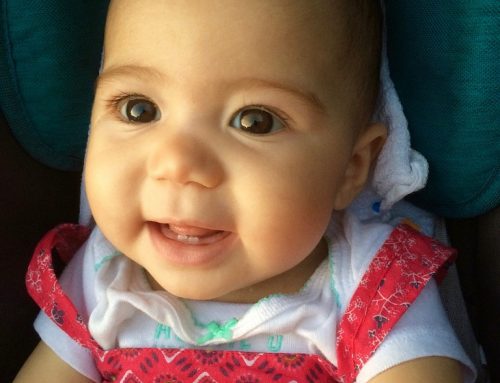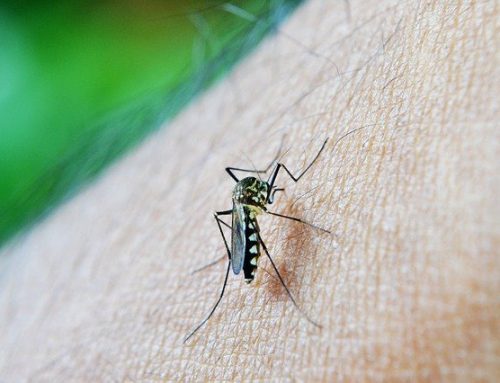Babies, as they grow, explore the world around them. Many a time this exploration means putting things in the mouth. If your child, less than 1-year-old, chokes on any solid item (item stuck in the windpipe), he may not be able to cry, cough or even breathe. It is important to immediately start first aid for baby choking and in distress.
First aid for baby choking
If a baby less than 1-year-old is choking, please follow these steps to dislodge the choking item:
- Backslap – 5 times
- Check mouth
- Chest trust – 5 times
- Repeat the steps 1-3 till required

source: https://goo.gl/3cgnkH
1. Backslap:
Keep baby on your lap with face downwards. Then support the baby’s head with one hand. With sufficient strength, hit with your palm or heel of your palm precisely between child’s shoulder blades. Give 5 such back blows.
How much power to use when backslapping? Start with firm blows and increase pressure if required.
2. Check mouth:
Keep baby facing up. Examine baby’s mouth if the item lodged in windpipe has come out. If the solid piece gets dislodged and is the mouth, remove it gently with fingertips.
Note: Using finger or forceps to dislodge a stuck item may push it further into the windpipe. So refrain from the use of forceps or finger sweeping to push out piece obstructing the throat.
3. Chest thrust
If back blows are not able to dislodge the item, perform chest trust. To perform chest thrust, place your child on the back (on your thigh or on a flat surface; support head if placed on thigh). Then, put your 2 fingers on the breastbone at the centre of the chest, roughly at the centre of the armpit line and push downwards. Give 5 chest thrusts.
Check mouth if choking item has dislodged.
4. Repeat steps 1-3 till required
Continue the steps to administer first aid for infant choking i.e. to give back blows (5 times), chest trust (5 times) till medical help is available or the obstructing item is removed. Also, in between back blows and chest thrusts, check baby’s mouth for the dislodged item.
If the baby continues to choke, PLEASE GET HELP:
- Call* nearest emergency/hospital for help
- If emergency help cannot come, take your child to the nearest hospital
- Continue the first aid for baby choking until medical assistance is available
Note: *When dialling for help, keep the phone on loudspeaker. This way you can continue with the back blows and chest thrust while calling for help.
If the baby becomes unresponsive, start infant CPR:
If the child becomes unresponsive and is not breathing, be prepared to start CPR. Continue with CPR till medical help is available, or child regains normal breathing.
Read more
Read more about administering first aid to babies in different scenarios.





Thanks for the great article